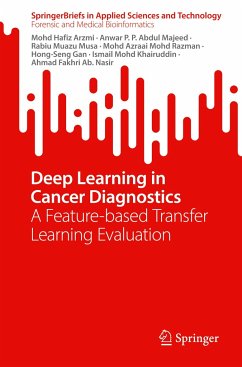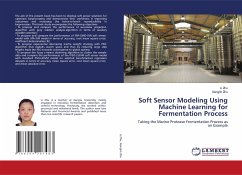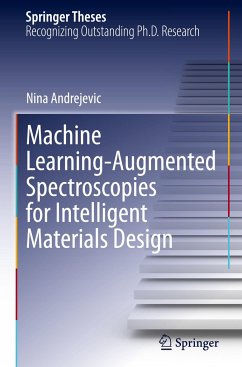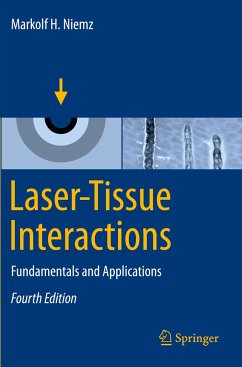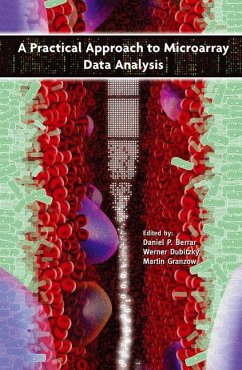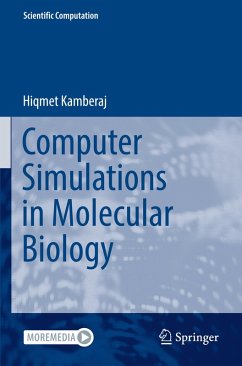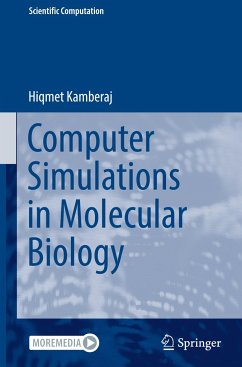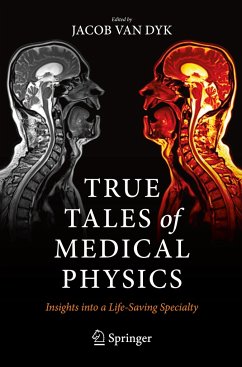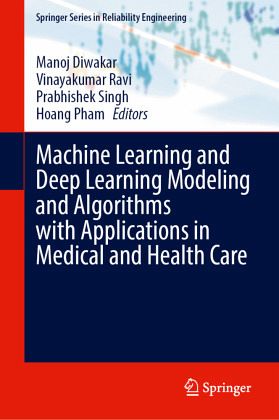
Machine Learning and Deep Learning Modeling and Algorithms with Applications in Medical and Health Care

PAYBACK Punkte
52 °P sammeln!
This book explains medical image processing and analysis using deep learning algorithms to analyze medical data. It focuses on the latest achievements and developments in applying this analysis to medical imaging, clinical, and other healthcare applications.The book covers among other areas:Image acquisition and formation.Computer-aided diagnosis.Image classification.Feature extraction.Image enhancement/segmentation.Medical image processing issues such as segmentation, visualization, registration, and navigation may seem to be distinct, yet they are all intertwined in the process of resolving ...
This book explains medical image processing and analysis using deep learning algorithms to analyze medical data. It focuses on the latest achievements and developments in applying this analysis to medical imaging, clinical, and other healthcare applications.
The book covers among other areas:
Image acquisition and formation.Computer-aided diagnosis.Image classification.Feature extraction.Image enhancement/segmentation.
Medical image processing issues such as segmentation, visualization, registration, and navigation may seem to be distinct, yet they are all intertwined in the process of resolving clinical bottlenecks. Using deep learning algorithms, researchers were able to achieve record-breaking performance and set the bar for future research. Due to the extensive quantity of medical imaging data of CT scan, ultrasound, and MRI, there is widespread use of machine learning, specifically deep learning, to discover specific patterns on such data. Such large data iswell quantified by deep learning models. Deep learning is now being utilized, customized, and particularly developed for medical image analysis, as opposed to when it was first introduced to the community. Having learned more about the techniques, researchers have come up with innovative ideas for combining artificial intelligence (AI) with neural networks to solve difficult issues like medical image reconstruction.
The key features of this book are:
Machine learning and deep learning applications.Medical imaging applications.Feature extraction and analysis.Medical image classification, segmentation, recognition, and registration.Medical image analysis and enhancement.Handling medical image dataset.
The book covers among other areas:
Image acquisition and formation.Computer-aided diagnosis.Image classification.Feature extraction.Image enhancement/segmentation.
Medical image processing issues such as segmentation, visualization, registration, and navigation may seem to be distinct, yet they are all intertwined in the process of resolving clinical bottlenecks. Using deep learning algorithms, researchers were able to achieve record-breaking performance and set the bar for future research. Due to the extensive quantity of medical imaging data of CT scan, ultrasound, and MRI, there is widespread use of machine learning, specifically deep learning, to discover specific patterns on such data. Such large data iswell quantified by deep learning models. Deep learning is now being utilized, customized, and particularly developed for medical image analysis, as opposed to when it was first introduced to the community. Having learned more about the techniques, researchers have come up with innovative ideas for combining artificial intelligence (AI) with neural networks to solve difficult issues like medical image reconstruction.
The key features of this book are:
Machine learning and deep learning applications.Medical imaging applications.Feature extraction and analysis.Medical image classification, segmentation, recognition, and registration.Medical image analysis and enhancement.Handling medical image dataset.



